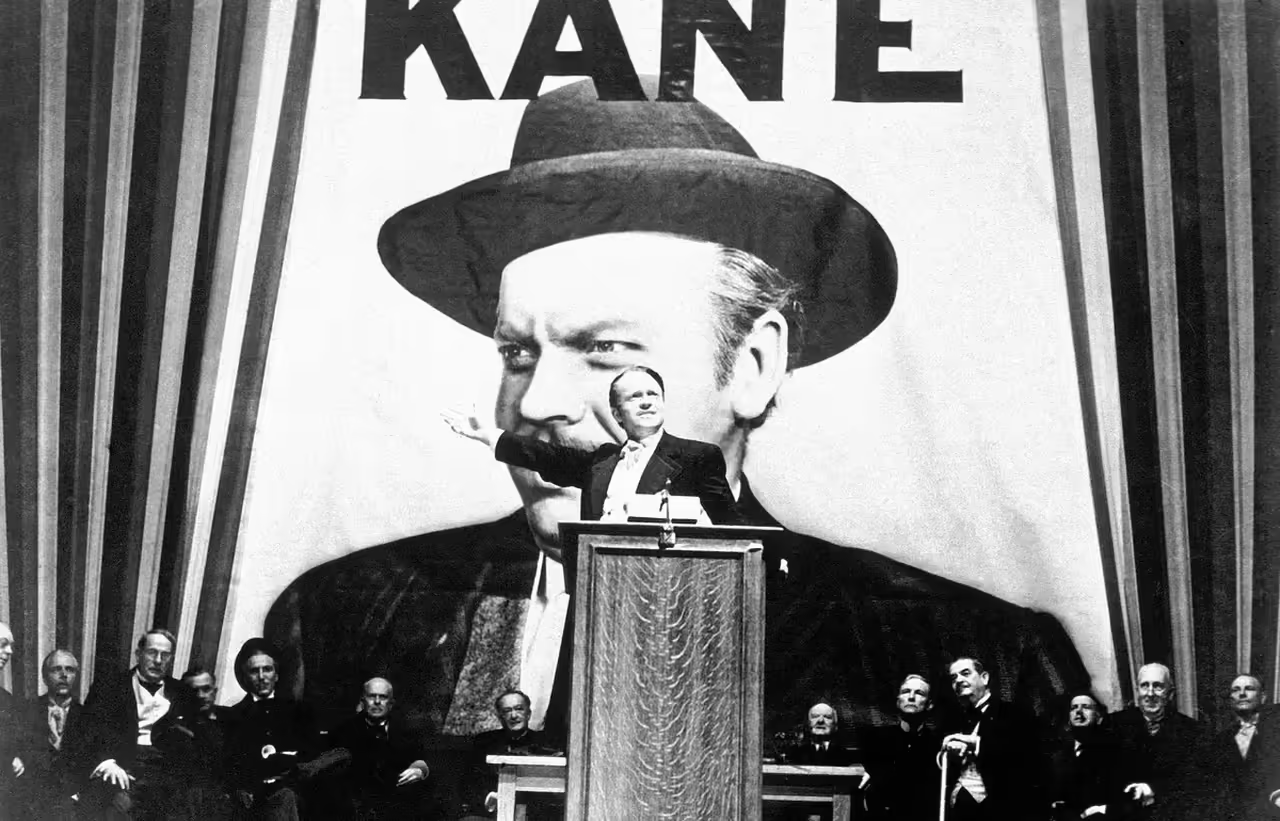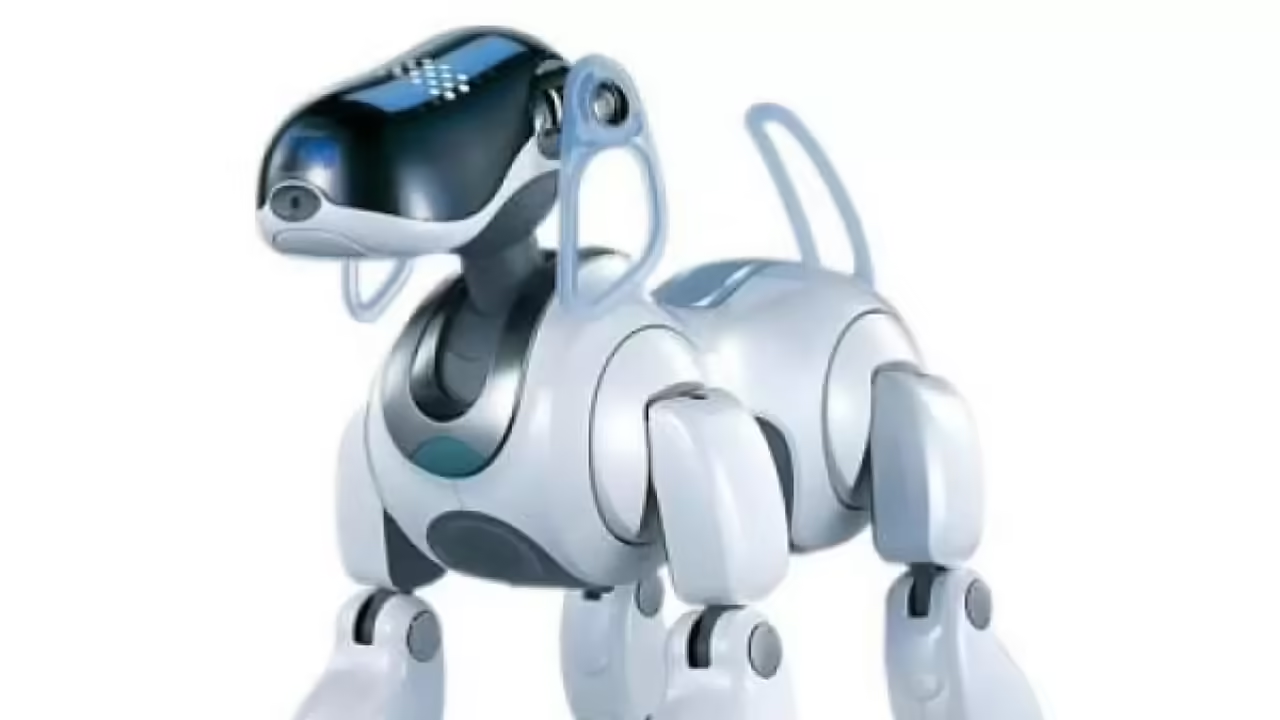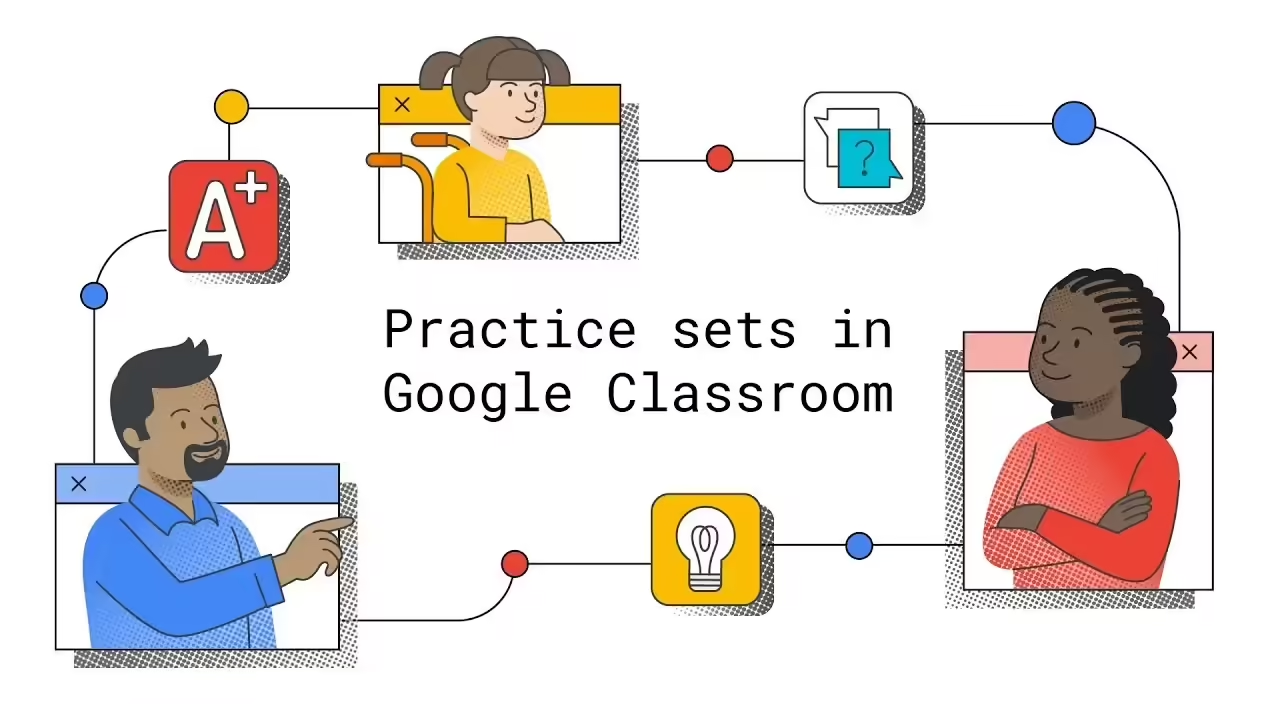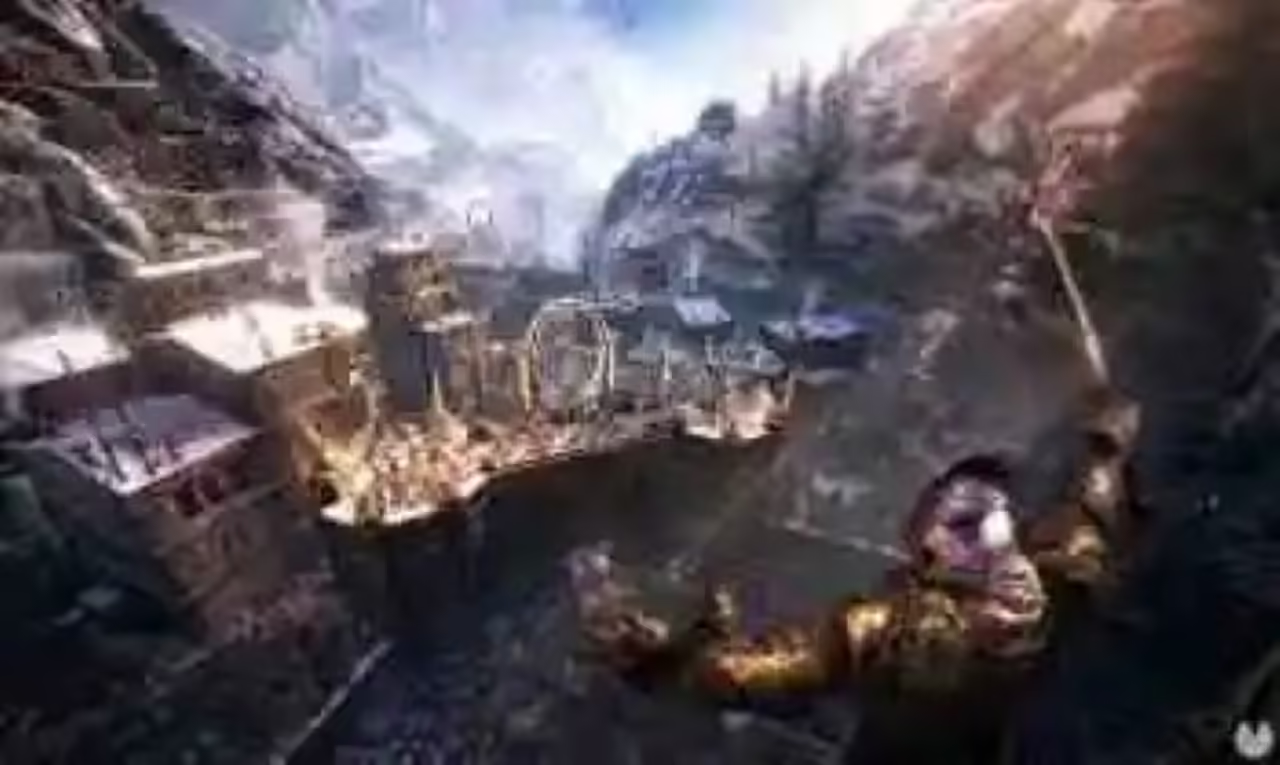
Did you know that before Peter Jackson’s trilogy, there was another adaptation of ‘The Hobbit’ in animated format? It was a 1977 film directed by Jules Bass and Arthur Rankin Jr. that condensed J.R.R. Tolkien’s novel into 77 minutes of adventure, magic and song.
This forgotten version of ‘The Hobbit’ is a gem that you must see right now, as it offers a different and enchanting take on the story of the hobbit Bilbo Baggins and his journey with the dwarves and the wizard Gandalf to retrieve the treasure from the dragon Smaug.
The film has a very particular animation style, combining traditional drawing with the rotoscope technique, which consists of tracing real images to give them more realism. The result is a unique aesthetic, reminiscent of children’s book illustrations.
The soundtrack is also a highlight, as it includes several original songs that accompany the characters in their most important moments. Some of them are very catchy, such as the one sung by the dragon Smaug or the one that summarizes the plot at the beginning of the film.
The forgotten version of ‘The Hobbit’ is a film that deserves to be rescued from oblivion, as it is a faithful and fun adaptation of Tolkien’s work, which respects the spirit and tone of the book. In addition, it is a good way to introduce the little ones to the world of Middle-earth, as it has an agile pace and a friendly tone. If you are a fan of ‘The Hobbit’, you can’t miss this animated gem that you must see right now.
How does the Rankin/Bass film compare to Peter Jackson’s trilogy?
The story of “The Hobbit” has been adapted several times for the screen, but two of the most well-known versions are the 1977 Rankin/Bass animated film and Peter Jackson’s cinematic trilogy, released in the 2010s. While both adaptations have their similarities, there are also some notable differences between them. In this article, we will explore how these two versions of “The Hobbit” compare.
To begin with, it is important to note that the Rankin/Bass film is a much shorter and simplified adaptation of J.R.R. Tolkien’s novel than Peter Jackson’s trilogy. The Rankin/Bass film has a running time of just over an hour and a half, while Jackson’s trilogy has a total running time of over nine hours. Thus, the Rankin/Bass film omits many details and subplots from the original novel, while Jackson’s trilogy attempts to cover as much as possible.
Another notable difference is the quality of the animation. While the Rankin/Bass film is an animated gem, its limited animation technique and simplified drawing style do not compare to the advanced CGI technology and impressive visual effects of Jackson’s trilogy. The Rankin/Bass film has a charming art style, but it can also look a bit dated in comparison to the more modern films.
In terms of faithfulness to the novel, both adaptations have their strengths and weaknesses. The Rankin/Bass film is fairly faithful to the overall plot of the novel, although it omits many details and subplots. The Jackson trilogy, on the other hand, is more faithful to the novel in terms of characters and setting, but has also added some elements that do not appear in the original novel, such as the character of Tauriel.
In terms of acting, both adaptations have an impressive voice cast. The Rankin/Bass film features voices like Orson Bean, John Huston and Richard Boone, while Jackson’s trilogy features actors like Martin Freeman, Ian McKellen and Richard Armitage. Both versions have solid acting, although the styles are very different.
The choice between the Rankin/Bass film and the Jackson trilogy will depend on personal preference. The Rankin/Bass film is a charming and delightful adaptation of the original novel, while Jackson’s trilogy is an impressive and ambitious cinematic epic. Whatever your preference, both versions are an excellent way to experience the epic story of Bilbo Baggins and his quest to retrieve Smaug’s treasure.
Highlights of “The Hobbit” animated film
The Rankin/Bass-produced 1977 animated film of “The Hobbit” is a classic adaptation of J.R.R. Tolkien’s novel, which has been beloved by fans for decades. The film features enchanting storytelling and animation that evokes the spirit of the original book, and boasts an epic soundtrack and an impressive voice cast. In this article, we will explore some of the highlights of “The Hobbit” animated film.
The narration is one of the highlights of the film. The voice of the narrator, played by John Huston, has a solemn and poetic tone that perfectly captures the essence of Tolkien’s world. The way the story of Bilbo Baggins and his journey to retrieve Smaug’s treasure is told is faithful to the original book, and feels like a true epic.
The animation is also impressive. The film has a unique art style that resembles Tolkien’s drawings in the deluxe edition of “The Hobbit.” The animation is full of details and small features that make the story even more enchanting. The character designs, clothing and landscapes are beautifully done, and it feels as if the film is taken directly from Tolkien’s world.
The soundtrack is another outstanding aspect of the film. The music was composed by Maury Laws and performed by the London Philharmonic Orchestra. The score is rich and epic, with memorable melodies that stick in the mind. The songs are also a highlight of the film, including the iconic “The Song of the Dwarves” and “Misty Mountains.”
The voice cast is also impressive. Orson Bean does a phenomenal job playing Bilbo Baggins, while John Huston lends his voice to Gandalf the Grey. The dwarves are also played by talented actors, including Richard Boone as Thorin Oakenshield. Each actor brings a special touch to their characters, which makes the story even more engaging.
An in-depth look at the characters
Bilbo Baggins is the protagonist of the story and is played by voice actor Orson Bean. Bilbo is a quiet, homely hobbit who is drawn into a dangerous adventure by Gandalf the Grey. Throughout the film, Bilbo grows in bravery and skill, and becomes an unlikely hero who leads the dwarves on their quest for Smaug’s treasure.
Gandalf the Grey is played by veteran voice actor William Squire. Gandalf is the wizard who joins Bilbo and the dwarves’ adventure. Throughout the film, Gandalf is a wise and powerful guide to Bilbo, and he also plays an important role in the defeat of Smaug the Dragon. His presence in the story is essential, as without his help, the quest would likely have failed.
Thorin Oak Shield is the leader of the dwarves and is played by voice actor Richard Boone. Thorin is an interesting and complex character, who cares deeply about his people and their honor. Throughout the film, he faces difficult challenges, including betrayal and greed from some of his own fellow dwarves. In the end, though, Thorin learns a valuable lesson about the importance of forgiveness and friendship.
Gollum is an iconic character in “The Hobbit” and is played by voice actor Brother Theodore. Gollum is a lonely and strange creature who lives in a subway cave and becomes obsessed with his treasure, the one ring. His encounter with Bilbo in a game of riddles is one of the film’s most memorable moments.
Smaug the Dragon is the main threat to Bilbo and the dwarves’ group, and is played by voice actor John Huston. Smaug is an imposing and terrifying character who is determined to protect his treasure at all costs. The final battle between Smaug and the dwarves is one of the most exciting and tense moments of the film.
Why is the animation of “The Hobbit” still relevant today?
First of all, the animation in “The Hobbit” is a visually stunning work of art. The rotoscoping technique used in the film, which involves animating previously filmed images, resulted in a unique and detailed animation that still stands as a remarkable artistic achievement. The film was one of the first to combine traditional animation with rotoscoping, resulting in dynamic and vibrant scenes that are still impressive today.
In addition, the animation in “The Hobbit” is a faithful and respectful adaptation of J.R.R. Tolkien’s literary work. The film captures the essence of the novel, the epic adventure of a quiet hobbit who joins a group of dwarves to recover a treasure stolen by a dragon. The film focuses on the novel’s most important characters and scenes, and succeeds in conveying the excitement and tension of the story.
Another reason why the animation of “The Hobbit” remains relevant today is its ability to inspire generations of artists and filmmakers. The film was a major achievement in animation of its time and has since influenced animation and fantasy filmmaking around the world. The rotoscoping technique used in the film has been adopted by many other filmmakers, while the film’s overall influence extends to a wide variety of art and entertainment forms.
Finally, the animation of “The Hobbit” remains relevant today because its story and characters have a timeless resonance. The story of an unlikely hero who faces unimaginable dangers and finds his inner courage and strength is one that resonates with people of all ages. The characters, from Bilbo Baggins to Gollum to Thorin, are iconic and have left an indelible mark on popular culture.
The epic soundtrack that made the animated film of “The Hobbit” an instant classic
The soundtrack for “The Hobbit” was composed by Leonard Rosenman, a highly respected film composer who had worked on such films as “Rebel Without a Cause” and “Planet of the Apes.” Rosenman created a soundtrack that not only complemented the action on screen, but also amplified the emotion and tension of the story.
The music for “The Hobbit” is very distinctive and has become a pop culture classic. The song “The Greatest Adventure,” performed by Glen Yarborough, is an iconic piece from the film and has become a beloved song for Tolkien fans. The film’s music is also very varied, with quieter, more melancholy pieces for emotional scenes and more intense, dramatic pieces for the action scenes.
The music for “The Hobbit” also plays an important role in creating the atmosphere of the film. The score often uses ethnic instruments, such as bagpipes, to evoke the feeling of a medieval, fantastical world. The music also uses choirs and sound effects to create a sense of grandeur and majesty in scenes involving elves and other important characters.
The music in “The Hobbit” is especially notable because it fits perfectly with the narrative of the story. For example, in the scene where Bilbo Baggins finds Gollum’s magic ring, the music changes from a quiet, mysterious piece to an intense, dramatic piece to reflect the mounting tension of the scene. The music manages to heighten the emotion and drama of the film in a way that can only be achieved by a great soundtrack.







